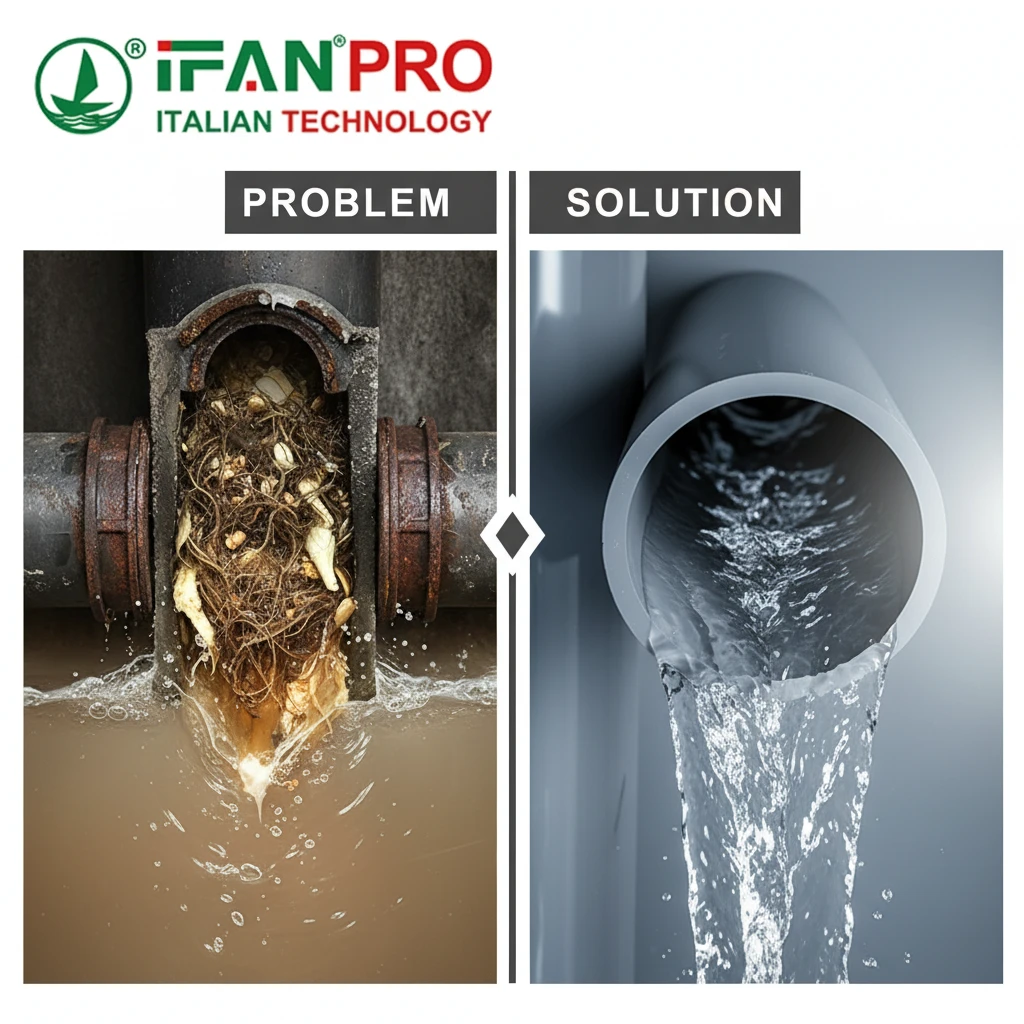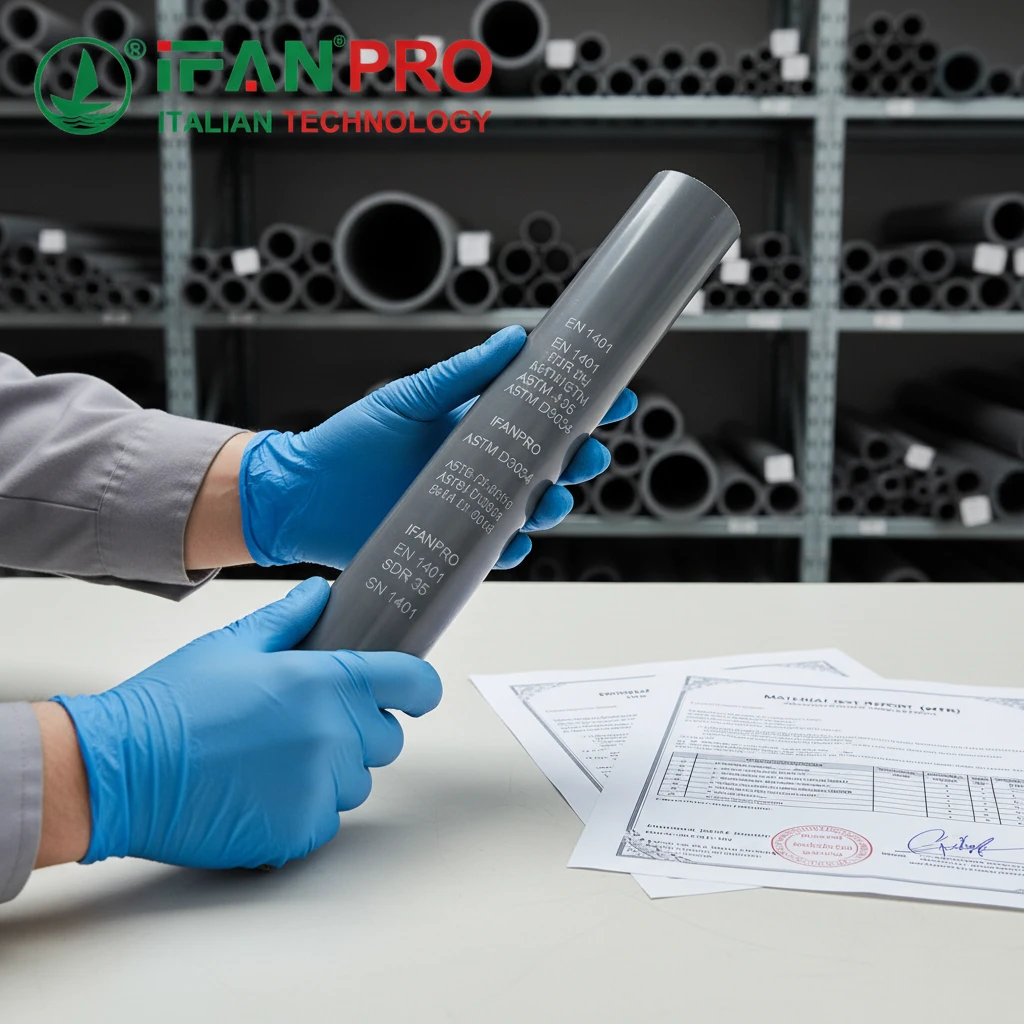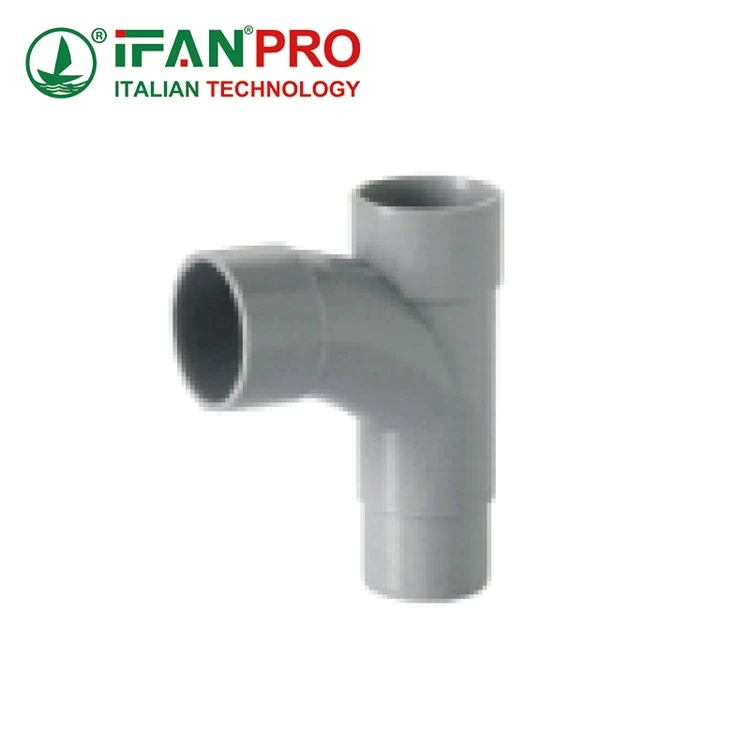Introduction to Gate Valve Selection
Choosing the right gate valve depends on the specific operating conditions of a system. Gate valves are commonly used for isolation in pipelines because they provide minimal flow resistance when fully open. However, selecting the correct gate valve for your system requires a detailed understanding of factors like fluid type, pressure, and temperature. This article discusses key considerations to guide your selection process.
Material Compatibility
Valve materials must resist corrosion, erosion, and the specific chemical properties of the medium. For instance, stainless steel valves work well with corrosive fluids like acids, while brass or bronze valves suit potable water systems. Choose valves made from materials that withstand both the fluid’s chemical properties and the environmental conditions.
Pressure and Temperature Ratings
Gate valves have specific pressure and temperature limits. Operating beyond these can cause valve failure. Valves rated for higher pressures and temperatures usually cost more but provide essential durability. Check the valve’s maximum pressure and temperature ratings to ensure they match your system requirements. This helps avoid issues like valve deformation or leakage.
End Connection Types
Gate valves come with different end connections, such as flanged, threaded, or welded ends. Flanged valves offer easy installation and removal, making them suitable for systems that need frequent maintenance. Threaded connections are common in smaller pipelines, while welded connections are more permanent. Select the right end type based on system design and maintenance needs.
Flow Characteristics
Gate valves are mainly designed for on-off service rather than throttling. When open, they cause minimal pressure drop and allow full, unrestricted flow. If flow control is necessary, consider a globe valve instead. Gate valves perform best in applications where flow needs to be entirely stopped or fully allowed, such as water supply lines or oil pipelines.
Valve Size Selection
Choosing the correct valve size is crucial for efficient system operation. A valve that is too small can restrict flow, leading to pressure buildup, while an oversized valve can be expensive and unnecessary. Ensure that the valve size matches the pipe diameter to maintain optimal flow conditions. Oversizing or undersizing can cause problems such as cavitation or excessive energy loss.
Actuation Methods
Gate valves can be operated manually, electrically, or pneumatically. Manual valves are common in systems that require infrequent operation. For automated processes, electric or pneumatic actuators allow remote control and quick operation. Choose an actuation method that fits the system’s operational needs and frequency of valve use. Automation can be particularly beneficial in large-scale or hazardous environments.
Consideration of Maintenance Needs
Maintenance accessibility is another important factor. Some valves require regular maintenance or replacement, while others can operate for years without attention. For instance, rising-stem gate valves are easier to inspect but need more space for operation. In contrast, non-rising-stem valves are compact and suitable for confined spaces. Select a valve that balances reliability and maintenance ease.
Application-Specific Requirements
Lastly, always consider the specific application when selecting a gate valve. Industrial applications like oil refineries or chemical plants require valves that can withstand extreme conditions. On the other hand, residential water systems may only need basic valves. Match the valve’s design and features to the application’s demands for optimal performance.
Conclusión
Selecting the right gate valve involves assessing operating conditions like fluid type, pressure, and maintenance needs. Careful consideration ensures long-lasting, reliable performance. For those seeking a versatile alternative to standard selection processes, connect us for advanced options in valve selection assistance.
| TOP 6 gate valves Manufacturers | ||
| Empresas | Sede/Ubicación | Año de fundación |
| IFAN | ZHEJIANG,CHINA | 1993 |
| RAKtherm | EAU | 1963 |
| REHAU | Muri bei Bern, Suiza | 1948 |
| POLOPLAST | Leonding, Austria | 1954 |
| ERA | ZHEJIANG,CHINA | 1983 |
| LESSO | GUANGDONG,CHINA | 1986 |
Productos IFAN Normas internacionales
El sistema de tuberías PPR de IFAN cumple las normas internacionales, incluidas las series ISO 15874, EN 15874, ASTM F2389, DIN 8077/8078, GB/T 18742 y NBR 15884.
Conectar
IFAN es un fabricante chino de tuberías, accesorios y válvulas de plástico con 30 años de experiencia. Si está interesado en IFAN accesorios de cobre, válvulas de cobre, tuberías y accesorios de plástico, póngase en contacto con nosotros. IFAN le ofrece una variedad de tuberías estándar para satisfacer sus necesidades específicas. Haga clic a continuación para obtener más información sobre la amplia gama de productos de válvulas y productos relacionados con sistemas de tuberías asequibles y rentables de IFAN.
Responderemos a su correo electrónico o fax en 24 horas.
Puede llamarnos en cualquier momento si tiene alguna duda sobre nuestra producción.
Para más información, visite nuestra página web https://ifanpro.com/
Pls Mailto: [email protected]
Whatsapp: + 86 19857948982














Comentarios recientes